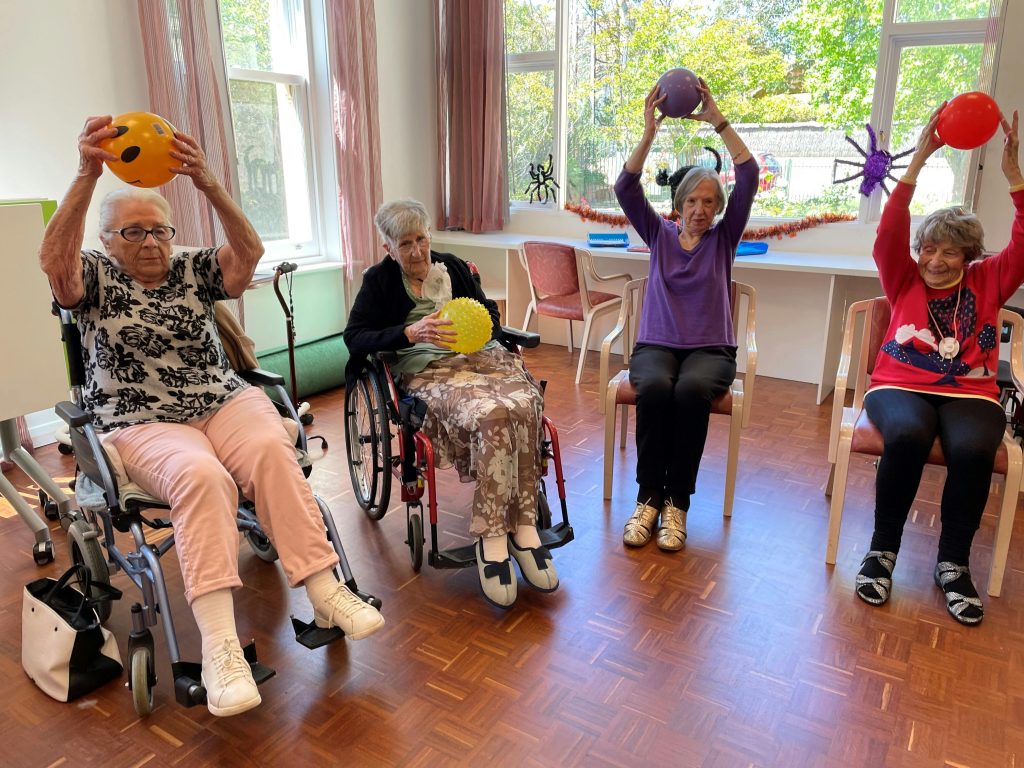Facebook has emerged as a powerful platform for senior living communities to connect with their audience, showcase their services, and foster meaningful relationships.
I. Introduction to Facebook Marketing in Senior Living
A. Significance of Facebook in Senior Care Marketing
Facebook’s expansive user base and robust advertising capabilities make it an invaluable tool for senior living facilities seeking to reach and engage with their target audience. Key reasons for its significance include:
- Targeted Advertising: Facebook’s advanced targeting options allow facilities to reach specific demographics, interests, and behavior relevant to the senior care industry.
- Engagement Opportunities: Through a variety of content formats, such as posts, videos, and live streams, facilities can actively engage with their audience, fostering trust and credibility.
- Community Building: Facebook facilitates the creation of online communities where residents, families, and caregivers can connect, share experiences, and provide support.
II. Success Stories in Senior Living Facebook Marketing
A. Case Study 1: Engaging Content Drives Community Engagement
Facility Overview:
- Name: Harmony Senior Living
- Location: Springfield, Ohio
- Objective: Increase community engagement and brand awareness.
Strategy:
- Engaging Content: Harmony Senior Living focused on creating compelling content that resonated with their audience, including resident spotlights, virtual tours, and inspirational stories.
- Consistent Posting: They maintained a regular posting schedule to keep their audience informed and engaged, posting at least three times per week.
- Interactive Features: Utilizing features such as polls, quizzes, and live Q&A sessions, Harmony Senior Living encouraged active participation from their followers.
Results:
- Increased Engagement: Within six months, Harmony Senior Living saw a significant increase in likes, comments, and shares on their posts, indicating heightened engagement from their audience.
- Community Growth: The facility experienced a steady growth in their Facebook community, with an influx of new followers and increased interaction among existing members.
- Enhanced Brand Perception: Through authentic storytelling and transparent communication, Harmony Senior Living strengthened their brand perception and fostered trust among their audience.
B. Case Study 2: Targeted Advertising Drives Leads and Conversions
Facility Overview:
- Name: Serenity Senior Living
- Location: Denver, Colorado
- Objective: Increase inquiries and conversions for memory care services.
Strategy:
- Targeted Advertising: Serenity Senior Living utilized Facebook’s advertising platform to target individuals aged 55 and older within a 50-mile radius of their facility, with specific interests related to memory care and senior living.
- Compelling Ad Creative: They created visually appealing ad creative showcasing their facility, amenities, and personalized care services.
- Lead Generation Forms: Incorporating lead generation forms directly within their Facebook ads, Serenity Senior Living made it easy for interested individuals to inquire about their services without leaving the platform.
Results:
- Increased Inquiries: Serenity Senior Living saw a notable increase in inquiries and requests for information about their memory care services, directly attributed to their targeted advertising efforts on Facebook.
- Improved Conversion Rates: By streamlining the inquiry process and removing friction points, Serenity Senior Living achieved higher conversion rates, with a significant percentage of inquiries converting into scheduled tours and admissions.
- Positive ROI: The facility calculated a positive return on investment (ROI) from their Facebook advertising campaigns, with the cost per lead significantly lower compared to traditional marketing channels.
III. Best Practices for Facebook Marketing Success in Senior Living
A. Crafting Compelling Content:
- Authentic Storytelling: Share resident stories, staff spotlights, and community events to humanize the brand and connect with the audience emotionally.
- Visual Appeal: Utilize high-quality images and videos to showcase the facility, amenities, and daily life within the community.
- Educational Resources: Provide valuable information on topics relevant to seniors and their families, such as wellness tips, caregiving advice, and industry trends.
B. Leveraging Targeted Advertising:
- Audience Segmentation: Segment your audience based on demographics, interests, and behaviour’s to deliver tailored messaging to specific groups.
- Ad Creative Optimization: Experiment with different ad formats, visuals, and copy to identify what resonates best with your target audience.
- Lead Generation Strategies: Implement lead generation forms, call-to-action buttons, and messenger bots to facilitate seamless inquiry and conversion processes.
C. Engaging with the Community:
- Active Participation: Regularly engage with your audience by responding to comments, messages, and reviews in a timely and personalized manner.
- Community Building: Encourage interaction and participation among members by fostering discussions, hosting virtual events, and soliciting user-generated content.
- Transparency and Authenticity: Be transparent in your communications and showcase the genuine personality of your facility to build trust and credibility.
IV. Conclusion
In conclusion, Facebook marketing offers a plethora of opportunities for senior living facilities to connect with their audience, share their stories, and drive tangible results. By following the success stories and best practices outlined in this article, senior care communities can harness the power of Facebook to elevate their online presence, engage with prospective residents and their families, and ultimately achieve success in the competitive senior living industry. Embrace the potential of Facebook marketing to tell your story, connect with your community, and make a meaningful impact in the lives of seniors.



